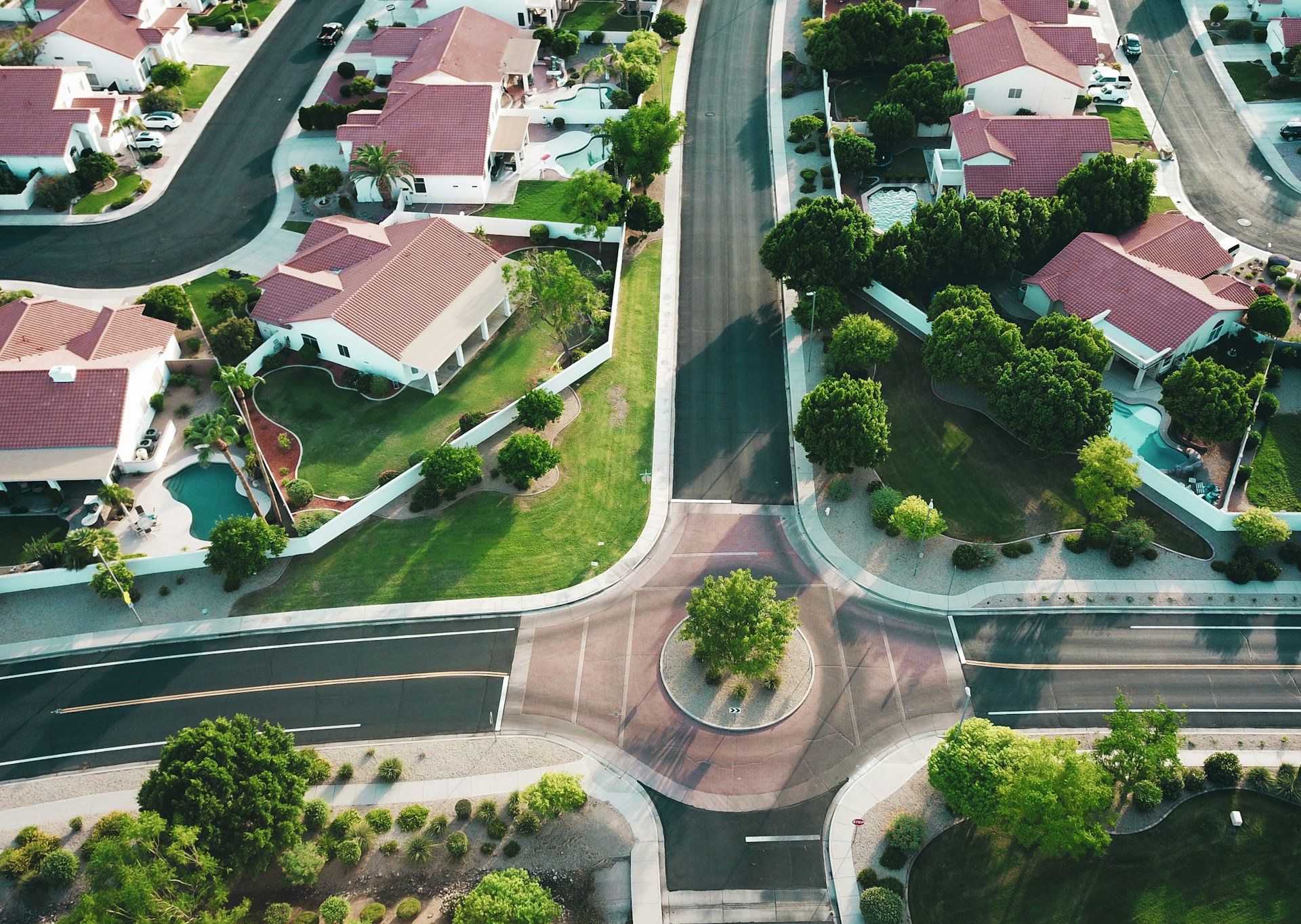How can UK urban developers incorporate green spaces effectively in city planning?

Urban developers have a profound impact on the environment. Their decisions and actions shape the physical spaces in which we live, affecting everything from air quality to local biodiversity. Green spaces, those areas of land that are largely undeveloped and reserved for public use, have been recognized for their many benefits to urban environments and their inhabitants. In this article, we'll delve into how UK urban developers can effectively incorporate green spaces in city planning.
Understanding the Significance of Green Spaces
Before jumping into how green spaces can be incorporated, it's imperative to understand their significance in urban environments. Green spaces are not just areas filled with trees and flowers; they play an integral role in making cities more livable and sustainable.
A lire aussi : How to Develop a Crisis Management Plan for UK Healthcare Facilities?
These natural landscapes provide a host of environmental benefits. They help improve air quality by absorbing pollutants, support local biodiversity by providing habitats for various species, and help regulate urban temperature by reducing the urban heat island effect. They also absorb rainwater, helping to reduce the risk of flooding.
Moreover, green spaces contribute to the social well-being of urban dwellers. They offer areas for recreation and physical activity, promote mental health by providing a respite from the urban hustle and bustle, and can even aid in reducing crime rates by fostering a sense of community.
Dans le meme genre : What are the latest biosecurity measures for UK poultry farms?
Strategies for Incorporating Green Spaces
Incorporating green spaces into urban planning isn't always straightforward. With the ever-increasing demands for housing and commercial spaces, striking a balance can be challenging. Here are some strategies that urban developers can employ to effectively integrate green spaces into city planning.
Prioritise Green Spaces in City Plans
The first step is to prioritise green spaces right from the beginning of the planning process. It's far easier to designate an area as a green space during the planning stage than it is to convert developed land further down the line.
This could involve setting aside land for parks and nature reserves, or incorporating more minor green spaces such as community gardens or green rooftops into building designs. Urban developers should work closely with local authorities and communities to identify the most suitable locations for these spaces.
Encourage Vertical Greenery
In densely populated cities, where space is at a premium, vertical greenery can be a viable option. This involves incorporating plant life into building designs, either on the façade of buildings or in the form of green roofs.
Vertical greenery contributes to a building's thermal regulation, reducing energy consumption, and providing habitats for local wildlife. Moreover, they add aesthetic value to the urban landscape and provide a psychological boost for inhabitants.
Make Use of Derelict Land
Another strategy is to transform derelict land into green spaces. Not only does this make use of underutilised areas, but it also has the potential to revitalise neighbourhoods and improve the local environment.
From brownfield sites to abandoned railway lines, there are a plethora of spaces that can be transformed into green oases. These spaces could be developed into everything from community gardens and parks to urban farms.
Collaborate with Local Communities
Urban developers should not work in isolation when planning for green spaces. Collaborating with local communities can lead to better decisions and ensure that the green spaces created are well-used and valued.
Local residents can provide valuable insights into what types of green spaces would be most beneficial for their community. Whether it's a need for more children's play areas, community gardens for local food production, or quiet areas for relaxation, community input can ensure the green spaces developed are fit for purpose.
Moreover, involving the community in the design and maintenance of green spaces can foster a sense of ownership and responsibility, ensuring these spaces are well-taken care of in the long term.
Promote Biodiversity in Green Spaces
Finally, urban developers should strive to promote biodiversity in their green spaces. This can involve planting a variety of native plant species, creating different habitats such as ponds or wildflower meadows, and incorporating features such as bird boxes or bug hotels.
Biodiverse green spaces are not only beneficial for local wildlife, but they also enhance the experience for visitors, providing opportunities for nature observation and learning. They can also be more resilient to pests, diseases, and changes in climate.
Incorporating green spaces in urban planning is no longer a luxury but a necessity. With careful planning and community involvement, UK urban developers can successfully create green spaces that enhance the environment and improve the quality of life for urban dwellers.
Sustainable Development and Green Spaces
Sustainable development is a guiding principle in modern urban planning, and green spaces are a key component of this approach. Sustainability is about meeting the needs of the present without compromising the ability of future generations to meet their own needs. It comprises three elements: economic, social, and environmental, which are interconnected and equally important.
Green spaces, with their various benefits, contribute positively towards all three aspects of sustainability. Economically, they can increase property values and contribute to a city's appeal, potentially attracting more businesses and residents. Socially, they offer places for recreation, relaxation, and community-building. Environmentally, green spaces play a crucial role in supporting biodiversity, mitigating climate change, and improving air and water quality.
Urban developers can drive sustainable development by striving to maximise the multifunctionality of green spaces. For instance, a park could be designed not just as a recreational area, but also as a site for stormwater management and urban agriculture. Moreover, urban developers can focus on creating green corridors or networks of green spaces, which can enhance ecological connectivity and provide uninterrupted paths for pedestrians and cyclists.
In the UK, some cities are leading the way in sustainable development. Sheffield, for example, is often referred to as the greenest city in the UK, with green spaces covering over a third of the city. The city's planners are continually seeking ways to further integrate green spaces into urban development, proving that sustainable development is both achievable and beneficial.
Conclusion: The Future of Urban Development
Green spaces are instrumental in creating sustainable and livable urban environments. As the UK's urban areas continue to grow, the need for effective incorporation of green spaces in city planning becomes increasingly critical.
Urban developers have a considerable role to play in meeting this challenge. By prioritising green spaces in city plans, encouraging vertical greenery, utilising derelict land, collaborating with local communities, and promoting biodiversity, they can create urban spaces that marry function and nature seamlessly.
However, it's important to note that the effective incorporation of green spaces is not the sole responsibility of urban developers. Policymakers, local authorities, and communities also have roles to play in advocating for and maintaining these spaces. It is through the collective efforts of all concerned parties that truly sustainable and liveable cities can be realised.
In conclusion, while the integration of green spaces in urban planning poses challenges, it also provides opportunities for innovation and creativity. By harnessing the multi-faceted benefits of green spaces, urban developers in the UK can contribute to building cities that not only meet the needs of their inhabitants but also enhance the natural environment. As we look to the future, it's clear that green spaces will continue to play a pivotal role in shaping the urban landscapes of the UK.
